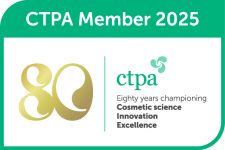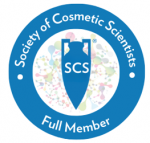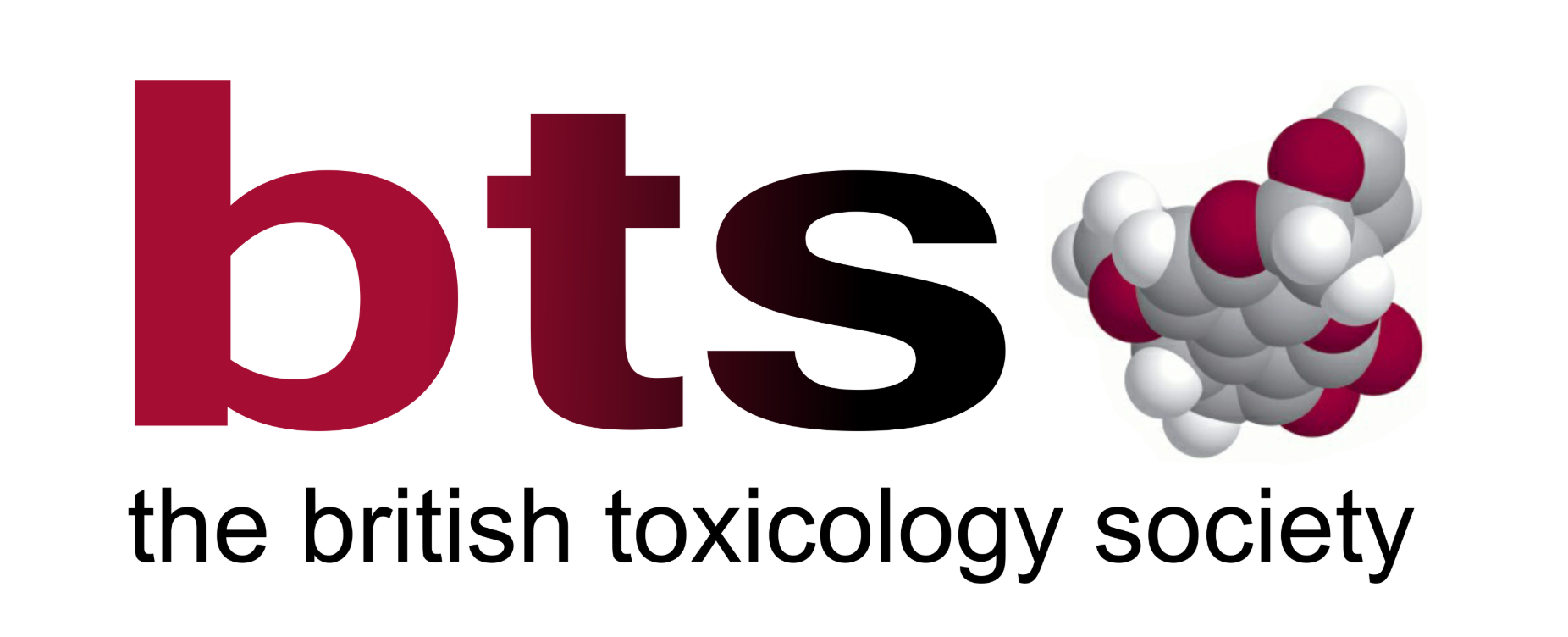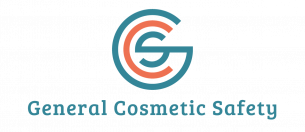Margin of Safety
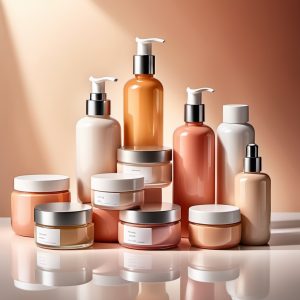
The Margin of Safety is used when scientists want to make sure a chemical / ingredient is safe in products like cosmetics or food additives; they need to compare two important things:
1. The amount that caused no harmful effects in animal studies (called the NOAEL*)
2. The amount that people would actually be exposed to in real life (called the SED*)
They divide the safe animal study amount by the real-life exposure amount to get something called the “margin of safety.” This margin needs to be at least 100 to consider the chemical safe for use in products. Why 100?
Because scientists build in two important safety buffers:
First, they know that humans and animals can react differently to chemicals
Second, they know that different people (like children, elderly, or people with health conditions) may be more sensitive than others
To figure out the real-life exposure, scientists consider:
- How much of the product people typically use
- How strong the chemical is in the product
- How much gets absorbed into the body
- A person’s body weight
Think of it like having a 100-foot buffer zone between a playground and a busy road. The extra space helps ensure children’s safety, just like the margin of safety helps ensure chemical safety for everyone.
This is done for every individual ingredient.
Sometimes the NOAEL is not from an animal study but from information taken from use in the general population for example a foodstuff that is widely eaten by all members of the population, including children, elderly, or people with health conditions. In this case the buffer doesn’t need to be 100, and we use a margin of exposure (MOE) where the margin has to be greater than 1.
*NOAEL = No Observed Adverse Effect Level – the level at which no adverse effects were seen.
*SED = Systemic Exposure Dose – the level at which the body (internal / systemic) is exposed to by the ingredient in question.
I hope this provides some explanation of the calculations you see in the CPSRs provided by General Cosmetic Safety.
About the Author
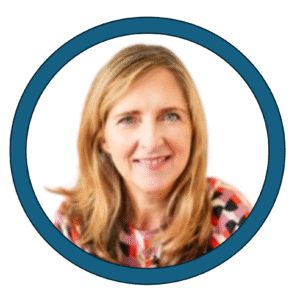
Geraldine Garrs is a member of the Royal Society of Chemistry, CTPA, British Toxicology Society and the Society of Cosmetic Scientists. Geraldine is an independent Cosmetic Safety Assessor and Chartered Chemist with over nine years of experience helping more than 700 brands ensure their cosmetic products are safe and compliant. She specialises in preparing Cosmetic Product Safety Reports (CPSRs) for UK and EU. Geraldine is passionate about supporting small cosmetic businesses and simplifying complex regulations. Learn more at www.generalcosmeticsafety.co.uk
Get in Touch
If you’d like to discuss any of your products or ranges, please use the contact form here.
Qualifications: CChem (Royal Society of Chemistry). MSc (Distinction), University of Strathclyde, BSc (Hons) Chemistry, University of Nottingham and Certificate – Safety Assessment of Cosmetics in the EU, Vrije University Brussels
